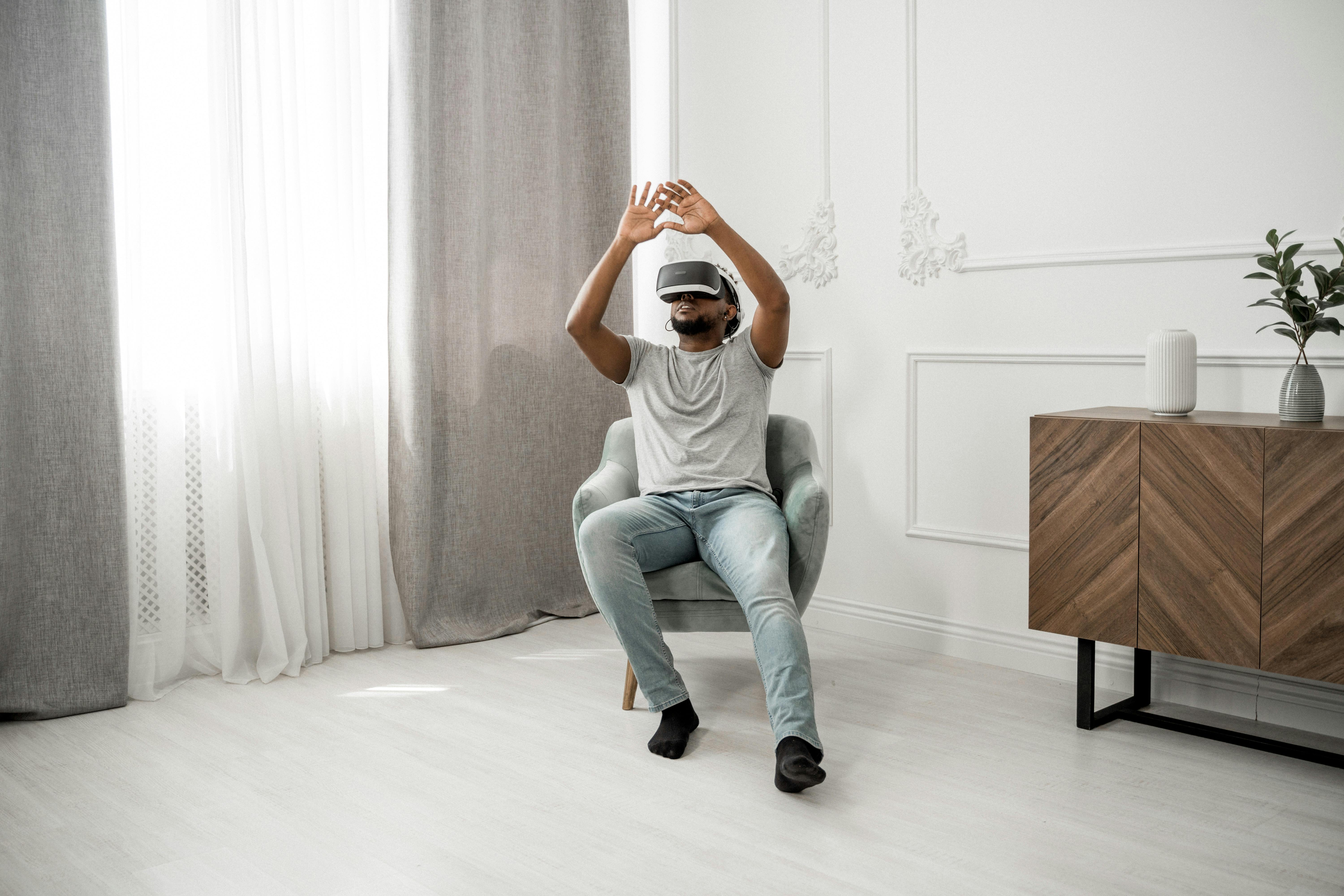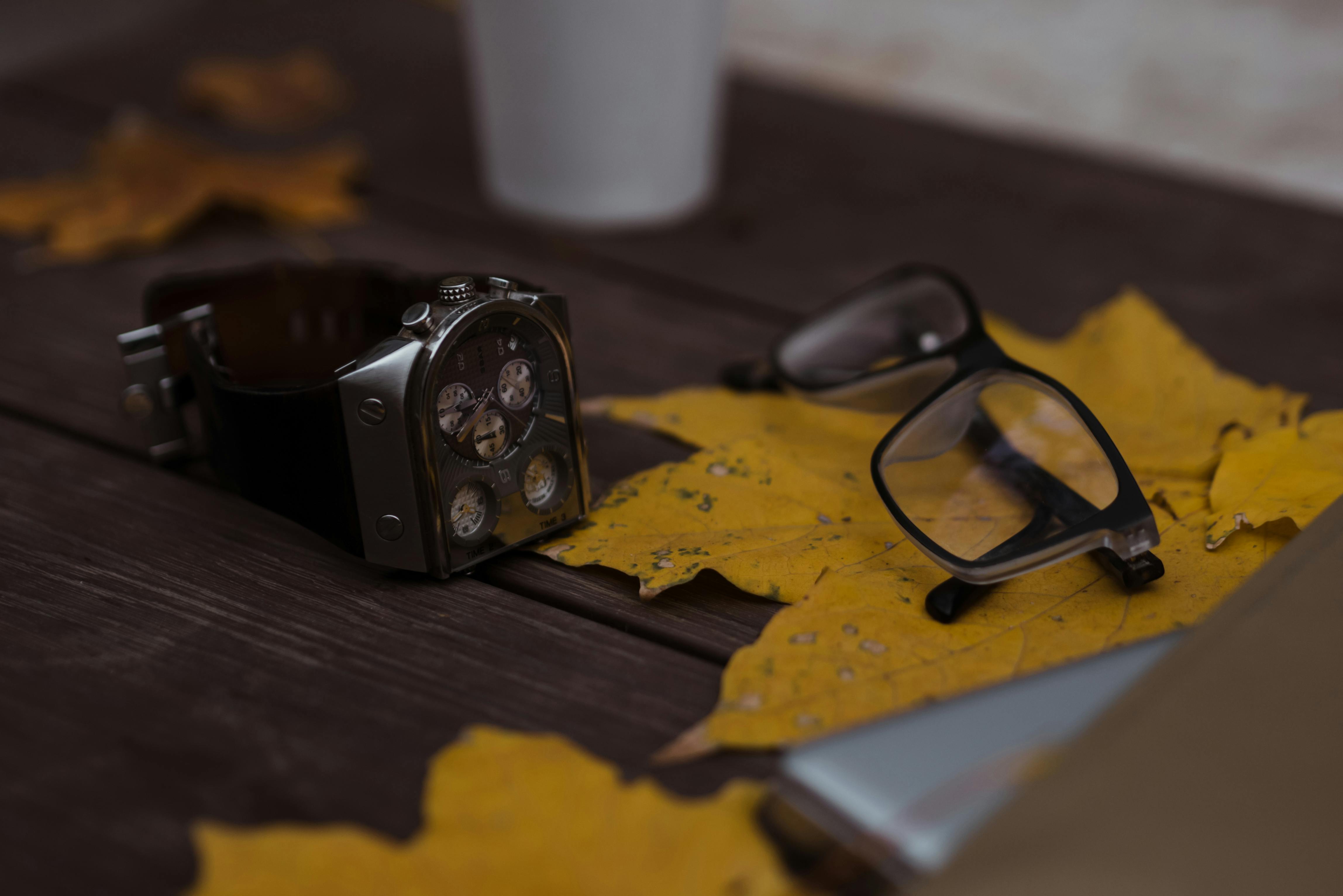
Film setup for Canon Eos 1300D or Rebel T6 DSLR camera
The Canon 1300D or Rebel T6 is an excellent camera for taking pictures and movies, and these are the best settings for shooting movies. To make changes to the 1300D for video, you must be in video mode. Rotate the Dial Mode to the bottom option showing a video camera, and you will hear the mirror appear inside the camera. That allows you to see through the display screen on the back, which is the only way you can record video with this camera. It also gives you access to the menu tabs that are dedicated to video and the first thing you really need to do here is choose your video system. This developed when TV systems were very different and if you wanted to display your videos on a TV screen, you had to align what was filmed on camera with the televisions on which you are going to display the video. There are two systems, one is PAL and the other is NTSC. NTSC tends to be the system that is operated in the United States and PAL tends to be the system that is operated in Europe and other parts of the world. There is not a big difference. However, it changes the way the camera works very slightly. So when you start looking at frame rates, you will see that under NTSC you get a frame rate option of 60 frames per second or 30 frames per second. When in PAL, you have a choice of 50 frames per second and 25 frames per second. They are the real differences that you will notice. Most people these days don’t shoot with DSLR to show their videos on televisions. They usually use it for social media or to display it on a laptop. In which case, it doesn’t make any difference. But to change that, you have to go to the menus and go to tab 2 and down at the bottom you have the option to change the video system.
The second thing to think about is file size and frame rate. These things are very important because they will decide the quality of the videos you record. This camera is pretty good: it will shoot 1080p, which is Full HD, and also 720p, which is standard HD, both of which are perfectly acceptable for social media platforms. To make those changes, we go back to the Video 2 tab and look for Movie recording size. If we press that option, we get four options. Depending on whether you have chosen NTSC or PAL, their maximum speeds will be 60 fps or 50 fps.
The third thing to think about when shooting movies with this camera is exposure. When you take pictures with the Canon 1300D, you have many options. They’re all on the mode dial and you go from fully manual to semi-auto and then to fully automatic options – in most of these modes the camera is trying to get the best exposure for the still images you’re shooting within the given parameters. that you have presented. With movies it is different. You have two options: you can shoot automatic or you can shoot manual. With Auto in the film setting the camera will try to get the best possible exposure for you and in many cases it works very well so I would suggest that you initially at least shoot in Auto just to get an idea of how the camera works and then you don’t have to worry about exposure because the camera will do the best it can for you. However, if you want to go to Manual, there are different ways to change the various Manual settings that are different than the way you would for still images. In the menu, the film exposure is on video tab 1 and you get the two options, automatic or manual. If you choose to go to Manual, you will have much more control over the settings than you may have. You will see that you have options to set the shutter speed to set the aperture and to set the ISO. For shutter speed, turn the main dial. If you press the AV button here and turn that main dial, you can change the aperture. The ISO is changed by pressing the flash button and turning the main dial.
The fourth thing you need to think about is sound. The Canon 1300D does not have an external microphone jack. It only has an internal microphone, so sound can be a bit limited with this camera. But if you go into Menus and the Shot 2 tab, the second one down is Sound recording and you can set it to one of the three options. It can have Auto, Manual or Off. I would argue against disabling it entirely because having sound is sometimes useful even if you don’t intend to use it in the final cut. Auto is not bad, but it will try to pick up as much sound as possible and you may not want that, you may not want ambient sound. The manual isn’t that bad as long as it’s reasonably close to the sound source. There is a decibel bar at the bottom and, as with most cameras, the goal is to try and hit a peak of about 12. In terms of your recording itself, it’s pretty good, so it wouldn’t be adverse to use of the internal camera. microphone, you just need to be a little careful.
The next options we will look at are on the Video 3 tab and may seem less important than other options, but they do affect the way your video looks and are therefore worth checking out. If we go to the Video 3 tab, at the bottom is the Image Style option. These are the same options you get with still images and you can choose to have Vivid or Sepia or many other options and some of them are set to bring out the best qualities for portrait and landscape. With video, it tends to be better to try and record the video as flat as possible, so the best option to start with is neutral, so you should always set it to neutral for video until you make the decision that you want to change the style. of image. and shoot something different. The one just above the Video 3 tab is Custom White Balance. It is very important to record videos because if you start to move and record things with different light, the only stable element, the only constant, will be the white balance.




No Comment